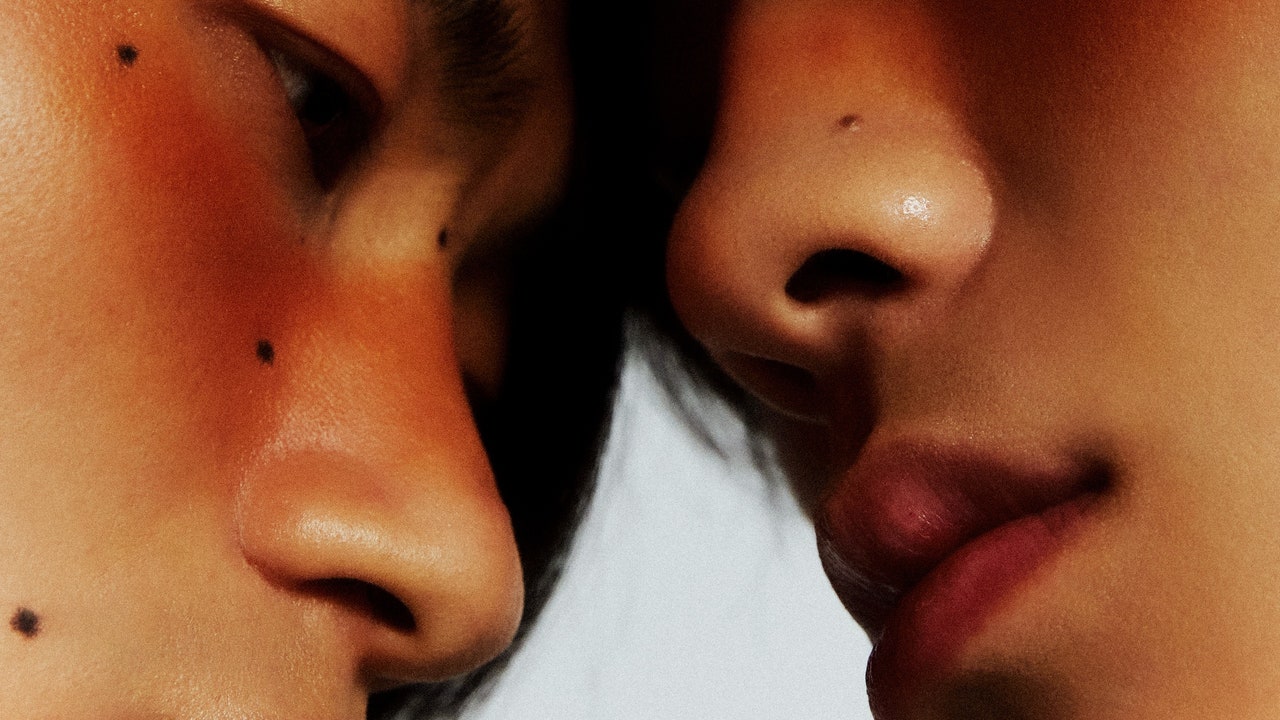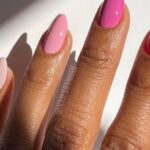It may seem counterintuitive, but creating these microscopic abrasions on the skin with targeted needle stimulation can help encourage the body’s own healing process and boost cellular turnover around the scars. “Scars—especially on the face—are tricky in terms of healing because once the scar is formed, it can attach to the connective tissue, also known as fascia, that lies beneath our skin,” says Reising. “Once the scar tissue forms that adhesion, it can affect how the muscles in the face move, resulting in fine lines, pulling, drooping, or sagging. By concentrating needles around the scar, we’re able to slowly release that bond.”
All Scars Welcome
You can treat pretty much any scar with acupuncture, says Bradden, with the exception of keloid scars. “Keloid scars are extremely temperamental, so there’s a risk of making it worse,” she says. “It can have the reverse effect and stimulate more growth so I would avoid treating it with acupuncture.” My scars, in particular, are on my face—from my right eyebrow to my cheekbone, above my upper lip, and on the corner of my mouth—and are a result of the reconstructive plastic surgery I had when I was two years old from a dog bite. Reising used what’s called intradermal needles on my scars—teeny tiny versions of standard acupuncture needles placed with tweezers on either side of the scar to help break up the tissue.
However, your scars don’t need to be on your face to get treated by acupuncture. Richelle Marty, COO of Get Plump, a New York City–based aesthetics studio, started acupuncture almost two years ago at Ora for fertility treatments. When she underwent a laparoscopy for endometriosis a year later, her acupuncturist suggested treating the five surgical scars on her stomach with acupuncture. “I work in aesthetics and didn’t know this type of treatment existed until my practitioner told me,” says Marty. “It was a no-brainer. I already had a great relationship with my acupuncturist, and he knows my medical history, my preferences, what my body needs, and how my body responds to treatment, so I trusted the process.”
Marty started the treatment a week after her surgery, going once a week for about 60 minutes. “My scars were too fresh to do any lasers, so I was relieved to have an option to kick-start the healing process,” she says. Both Bradden and Reising agree that unless your doctor specifies otherwise, you can seek scar treatment about a week after the scar forms. “The sooner you can come in, the better,” says Bradden. “We start with a really gentle treatment, but it can make a huge difference in your overall results.” You can also use acupuncture to treat older, fully healed scars. I started my own acupuncture treatment 31 years after my scars had healed.
How Painful Is It?
One of the best parts of acupuncture is that there’s minimal to no downtime after the session, and when you go to a certified practitioner, the risks are low overall. Some side effects include redness, light bleeding, or bruising, the latter of which I experienced after a particularly intense treatment with the intradermals next to my eye. The area was slightly purple and sensitive to the touch for about a week after my session, but then it went away. As for how much it hurts in the moment, again, it depends on the person and their pain tolerance. I have a relatively high pain tolerance; some needles I didn’t feel at all, and some felt like a quick, sharp flash of pain—especially in more sensitive areas like around the eyes or mouth. But once the needles were in, the lights dimmed, and sounds of the ocean played in the background, I felt so zoned out and relaxed that I didn’t feel them at all.
Read the full article here




